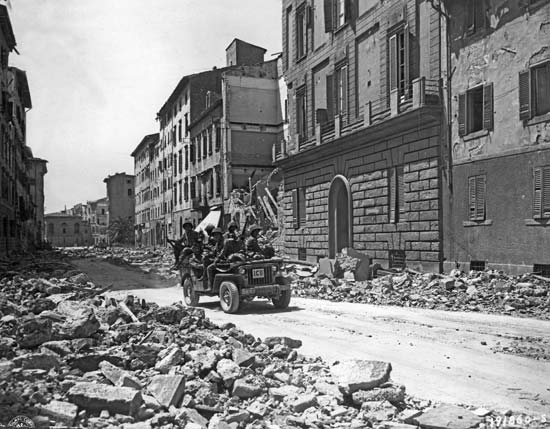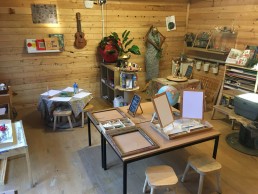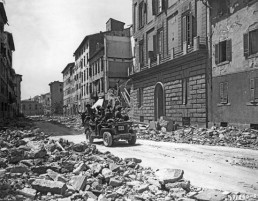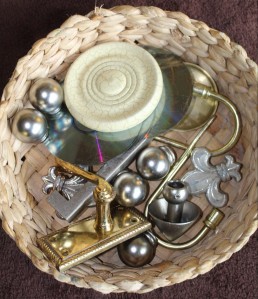The Art Studio
Every morning and afternoon our Pre-Schoolers choose where they want to spend their time, between the Yurt/Outdoor Classroom, Forest School or the Art Studio. There is a quaint pebbled path that leads us behind the Yurt, past the new pond and up to this purpose built creative space, but this isn't just any art classroom, we do things a little differently here. http://simonr30.sg-host.com/the-art-room/
Why do we have an Art Studio?
Of course creativity is woven throughout every aspect of our learning at Inspirations, there are mark making tools, paints and clay accessible in all areas, so why do we need an additional separate creative space? The Art Studio, (referred to as an Atelier in the Reggio culture) is so much more than just an Art Room. It is its own separate space for the children to own, re-purpose and re-visit week after week, and is set out to foster self discovery.
100 Languages of Learning
It is a space for smaller groups of children to branch off, be heard, share ideas, and develop the confidence to be leaders of their own research and learning. It is an environment that plays host to books, materials and tools that support the 100 ways of learning with the support of myself as the Atelierista. It is a space where children proceed through their inquiry to reach their hypothesis though guided experiments, mixed media, play, music, light and shadow, sculpture and dramatic play. A space for them to give meaning to, give identity to, and in turn put them selves and their ideas into context within the world they live in.








The walls of the Art Studio are a canvas, a projector screen, an art exhibition and a metaphorical mirror reflecting the evolving learning journey of our children. Through photos and quotes of the children's voice on the wall the children can see where their ideas started, where they are now, and by reading back the children's own words they see that their inputs are recorded, valued and remembered.
It's also important to note that the Atelierista is not an art teacher, rather, an Artist who knows the potential of art materials and children, and the limitless possibilities when these are combined.




Beautiful Mistakes
In the Art Studio the children are not afraid to try new things, because fear of failure doesn't exist. How can it exist in a place where mistakes are simply learning opportunities. A fallen glue pot can become an art project in its self, and a drawing gone wrong can inspire new ideas. One project that stands out began when a child wiped up spilt watercolour paint from the floor with a baby wipe and watched as the colours soaked through the wipe. He then decided to add baby wipes to a canvas, the 'dirty' baby wipes themselves then becoming the art.
Seekers of Meaning
As constant seekers of meaning, our children are making sense of the world around them with everything they do, and our Art studio is one section of our pre-school that fosters this.
This week we will be filming inside the Art Studio to see their explorations brought to life, this short film will be shared on You Tube next week.
- Nathalie
The Reggio Emilia Approach
At Inspirations Nurseries and Forest School we follow the Reggio Approach to learning, but what's the back story, what are the circumstances that led to this approach being created?
Following the devastation of World War Two, Reggio Emilia and its neighbouring Italian cities were left war torn. The war left merely a foundation upon which to rebuild a town and a community from scratch, a place free from oppression, injustice and inequality. This brought together a community of people passionate to form a new educational system with the very little they had; with the aim of turning their future generations into capable, resourceful and resilient individuals.
Local men and women of all ages came together to create a school for young children using materials from bombed out buildings. So from the very beginning these Reggio Emilia children were shown that something can be made from nothing, that creativity, perseverance and determination leads to opportunities and possibilities, and that anything can be made from the materials naturally surrounding us.
At inspirations we immerse ourselves and our children in this resourceful and passionate mind set, we too are a community that learn together, explore boundaries and strive to reach our full potential together.
http://simonr30.sg-host.com/news-and-blog/loose-parts/
As described in our previous blog, loose parts are a huge part of the Reggio Approach but there are many other aspect that guide our environment, planning and learning opportunities here at our Horsforth and Adel settings.


'The Real Thing'
Instead of plastic play food, cups and jugs in the mud kitchen and home corners we use real fruit and veg, real plates and utensils. There are so many more learning opportunities that come from using real up cycled natural resources, they can peel, cut, weigh and smell real fruit and vegetables, and real pot and pan will also teach the children the value of an object. They are more likely to handle real objects with care, value and precision than with a light plastic alternative.
The role of our educators is to listen to the children, to be present, challenge their ideas, and extend when learning opportunities arise. This brings us back to the importance of community within our setting, we as educators are here to be present with the children and to create learning opportunities in their environment for them to discover the answers them selves. When a child has the opportunity to discover the world independently, and learn answers through trial and error with the support of our educators and natural resources they grow up as capable, creative and resourceful humans, just like the inspiring people who came together to create the first Reggio Emilia Schools from the ground up.
‘We must credit the child with enormous potential and the children must feel that trust. The teacher must give up all his preconceived notions and accept the child and a co- constructor’ –Loris Malaguzzi

Our Horsforth Setting is located next to Hunger Hill Woods on West End Lane, to get in touch email kayleigh@inspirationsnurseries.co.uk
Our Adel Setting is located next to St John the Baptist Primary, to get in touch email deborah@inspirationsnurseries.co.uk
- Nathalie (Atelierista)
Loose Parts
Why do we use loose parts?
Loose parts are a significant segment of our ethos at Inspirations Nurseries. Before moving away from conventional toys, we did a lot of research into the benefits of using loose parts. Several education pedagogies use loose parts. Reggio Emilia and loose parts complement each other well; we use both at Inspirations. Both philosophies support open ended play using natural resources, imagination, and creativity. When children are given opportunities to engage in free play with little adult direction, they are able to explore freely with creativity and expression, because there are no limitations or expectations.

What are Loose Parts?
Loose parts are open ended materials that can be moved around, designed, and redesigned. They create opportunities to use our imaginations and discover new ideas. Conventional toys are fixed for the one purpose they were made for, whereas loose parts are open ended and can be used for a variety of things. A plastic car can only be a car. A stick could be a magic wand or a person or you could use a number of them to make a house… the possibilities are endless. Ask any parent how long their children will play with the cardboard box a toy comes in on their birthdays. Loose parts can be found anywhere. How many of us remember going to the beach and collecting shells and stones and making patterns with them? You can find loose parts in the house, in the garden or on a walk. Loose parts include both manufactured and natural resources. These can include stones, pinecones, rings, balls, blocks, boxes, leaves and even nuts and bolts.


Endless Possibilities
For outdoor play, we provide a variety of large loose parts such as tyres of different sizes, milk crates, planks of wood, cable reels etc. In our baby rooms, we use a variety of loose parts to support schemas; we use things like curtain rings to hang on mug trees, balls to post through holes, tyres to encourage rolling. Toddlers can then use slightly smaller loose parts such as pebbles to create patterns and smaller wood slices for counting. Preschool are able to use more intricate loose parts such as beads, small tiles and items they find on forest school.
The founder of the Reggio Emilia Philosophy said...
“Children need the freedom to appreciate the infinite resources of their hands, their eyes and their ears, the resources of forms, materials, sounds and colours”.
-Kayleigh
See loose parts in action in our Pre-School room here- https://youtu.be/Nngfh6Uj-yw







